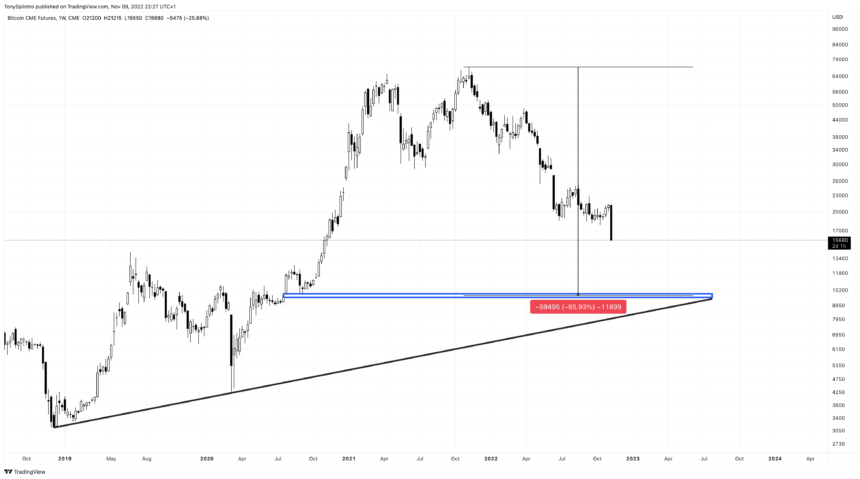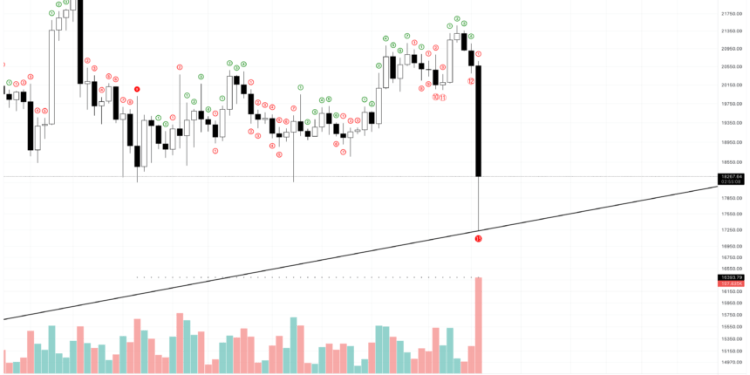Any Bitcoin price prediction is just a guess without a basis to make the forecast. The stock-to-flow model that was once the most cited reason for expectations of higher prices has failed, leaving technical analysis, on-chain signals, and statistics as the best chance of finding future price targets.
Elliott Wave Theory is a technical analysis forecasting methodology discovered in the 1930s, which is based on identifying extremes in investor psychology combined with distinctive price behavior. With Bitcoin and other cryptocurrencies being so susceptible to the ebb and flow of investor sentiment, here is what Elliott Wave Theory suggests about what is to come for Bitcoin price.
A Brief History Of BTC Price Action
The Bitcoin price index chart begins in late 2010, with the first-ever cryptocurrency trading at only pennies on the dollar. By the end of 2011, the price per BTC grew by more than 60,000%. Before the year came to a close, it has lost 94% of its value.
From the low of approximately $2, another bullish impulse added yet another 60,000% ROI by the 2013 peak. Yet another steep corrective phase followed, cutting the cryptocurrency down by 86%.
What followed was arguably the most talked about bull run since the dot com bubble, when in 2017 Bitcoin reached nearly $20,000 per coin. By now, we can see that extreme price swings and pivots in investors sentiment lead to boom and bust cycles across crypto. Bitcoin once again found a bottom at $3,000 in 2018, which will be the basis of the remainder of the analysis.

The first wave ever and the history of Bitcoin price | Source: BTCUSD on TradingView.com
An Introduction To Elliott Wave Theory
First discovered by Ralph Nelson Elliott in the 1930s, Elliott Wave Theory is a basis for explaining how markets grow over time. The motive wave in EWT is an example of markets moving three steps forward, and two steps back.
These steps alternate back and forth between growth and corrective phases. Motive waves consist of five waves in total – with odd numbered waves moving in the direction of the primary trend, and even numbered waves moving against it.
Although corrective phases do result in a drastic decline in value, incremental growth always remains in the primary trend direction. Waves, both impulsive and corrective both appear in varying degrees and timescales.
For example, a five-wave impulse on the daily timeframe could only be a tiny portion of a multi-century Grand Supercycle. Figuring out where Bitcoin is along in its various wave cycles and degrees can help to predict future price action.

Bitcoin price prediction scenarios based on possible wave counts | Source: BTCUSD on TradingView.com
Reviewing The Current Market Cycle, According To EWT
Each wave in an impulse has unique characteristics which can help an analysis decipher where an asset is in an overall motive wave. Following the 2018 bear market bottom, crypto had a clean slate to move up from. In 2019, Bitcoin rallied to $13,800, showing the market there was still life in the speculative asset.
Nearly the entire rally retraced, which is a common characteristic of a wave 2 correction. Corrections tend to alternate between sharp and flat-style corrections. Sharp corrections are represented by zig-zags. Wave 2 behaved like a zig-zag and there is no denying that the March 2020 Black Thursday collapse was a sharp correction.
Wave 3 in Elliott Wave is typically the longest and strongest wave, marked by much wider participation than wave 1. The crowd begins piling at this point. Bitcoin gained national media attention as it reached new all-times during this wave. From there, things get more confusing.
Elliott Wave practitioners are divided among if BTCUSD completed its wave 4 and wave 5 phases already, or if wave 4 is still in progress and wave 5 is yet to come. Using these two scenarios, some targets can be considered.

Things could get extremely bearish for Bitcoin if the cycle has ended | Source: BTCUSD on TradingView.com
The Bearish And Bullish Scenarios And Targets
In the bearish scenario, a truncated wave 5 ended the Bitcoin bull run and sent the crypto market into its first true bear phase, with wave 5 of V finished and done, ending the primary cycle (pictured above).
Completed bull markets often retrace back into wave 3/4 territory when the motive wave is completed. Bearish price targets put the negative Bitcoin price prediction from anywhere between $9,000 to as low as $2,000 in a complete collapse of the market. A larger catastrophe in the stock market and housing could ultimately do the trick by pulling whatever capital that’s left out of crypto.
The bullish scenario is much more positive, and better fits with what Elliott Wave Theory calls “the right look” and proper counting. In the bullish scenario, Bitcoin is in the final stages of an expanded flat correction, and once the sentiment and price extremes are finished, the top cryptocurrency will be fast off to setting another bullish price extreme and sentiment switch, much faster than anyone is prepared for.

BTC appears to be in the final stages of an expanded flat wave 4 correction | Source: BTCUSD on TradingView.com
Using EWT To Make A Bitcoin Price Prediction
The magic behind Elliott Wave Theory and why it influences growth in financial markets is due to its relationships with Fibonacci numbers. Fibonacci numbers are based on the Fibonacci sequence, which is related to the golden ratio. The Fibonacci sequence reads 0, 1, 1, 2, 3, 5, 8, 13, 21 and so on.
In Elliott Wave Theory, there are 21 corrective patterns ranging from simple to complex. A motive wave is 5 waves up, while corrective waves are 3 waves down, creating a total of 8 when added them up. A full realized impulse wave with all sub-waves is 21 waves up, while corrective phases are up to 13 waves down. Every Fibonacci number from the sequence is included in some capacity.
Corrections also stop at Fibonacci retracement levels, and impulses reach Fibonacci extensions as price targets. Wave 5 is usually equal to wave 1 or wave 3 in terms of magnitude. If wave 5 is extended, and it often is in crypto, wave 5’s target could fall somewhere between 1.618 of wave 3, or 1.618 of the sum of wave 1 and wave 3.
Bitcoin price reached the 3.618 extension from the bear market bottom, making it possible that the top cryptocurrency overshoots once again. On the lowest end, a 1.618 price target would put the peak of BTC for this cycle somewhere close to $96,000 per coin, while another 3.618 extension could take the top cryptocurrency all the way to $194,000 per BTC.
This makes the Bitcoin price prediction using EWT anywhere between $100K to $200K before the cycle is over. You can watch this Bitcoin price prediction unfold in real-time by bookmarking the idea on TradingView.

A possible Bitcoin price prediction based on Fibonacci extensions | Source: BTCUSD on TradingView.com
Featured image from iStockPhoto, Charts from TradingView.com

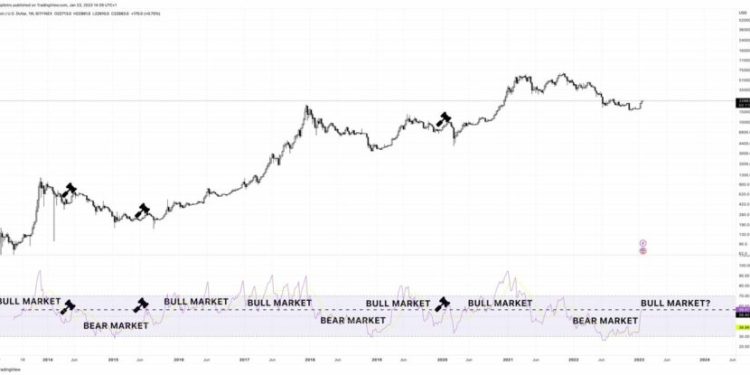
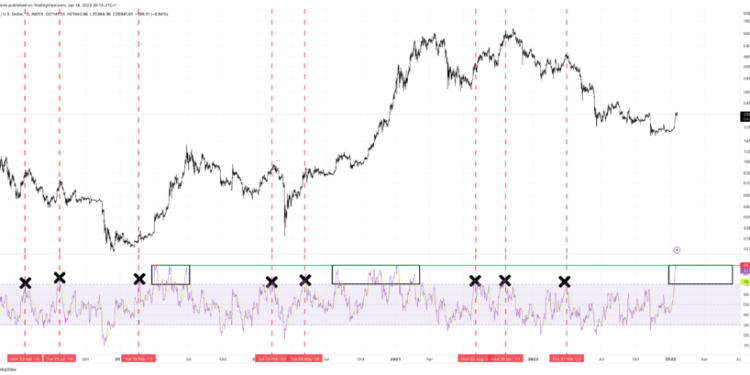


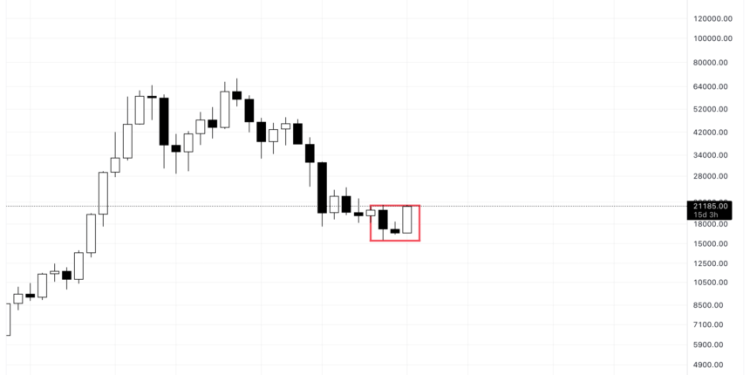






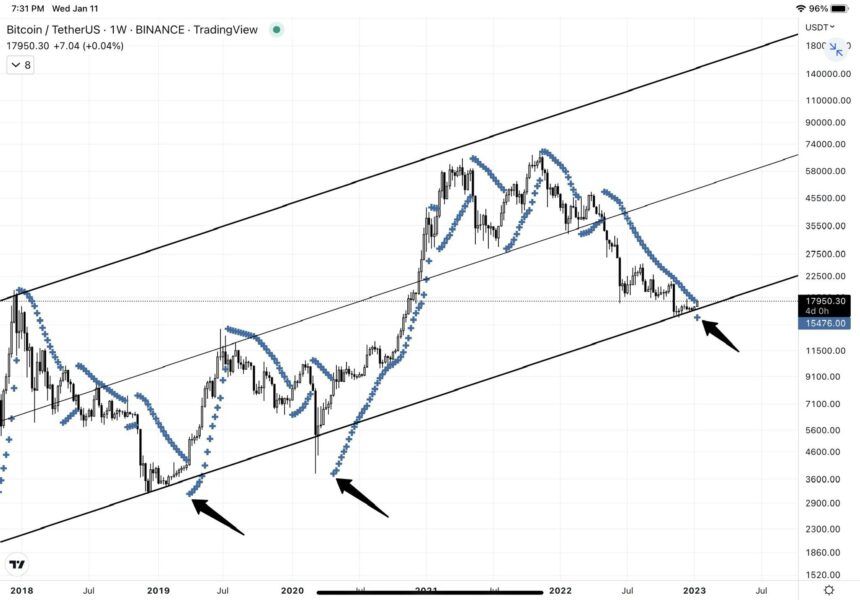







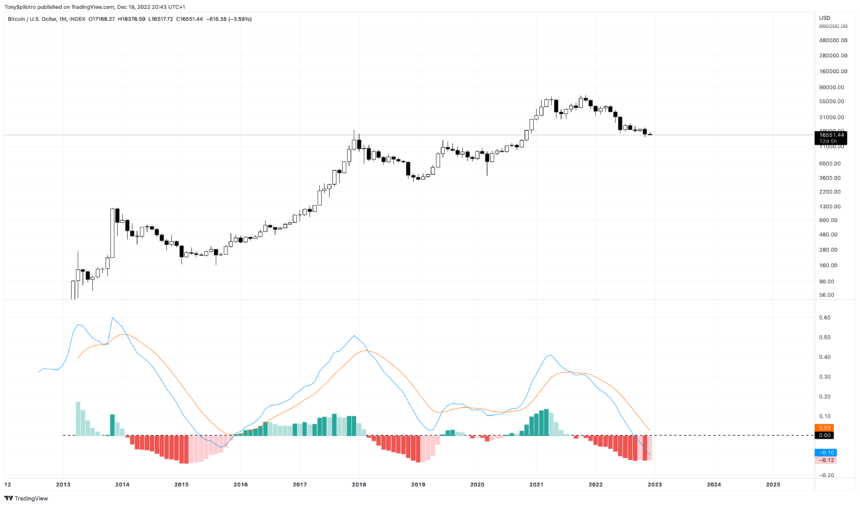




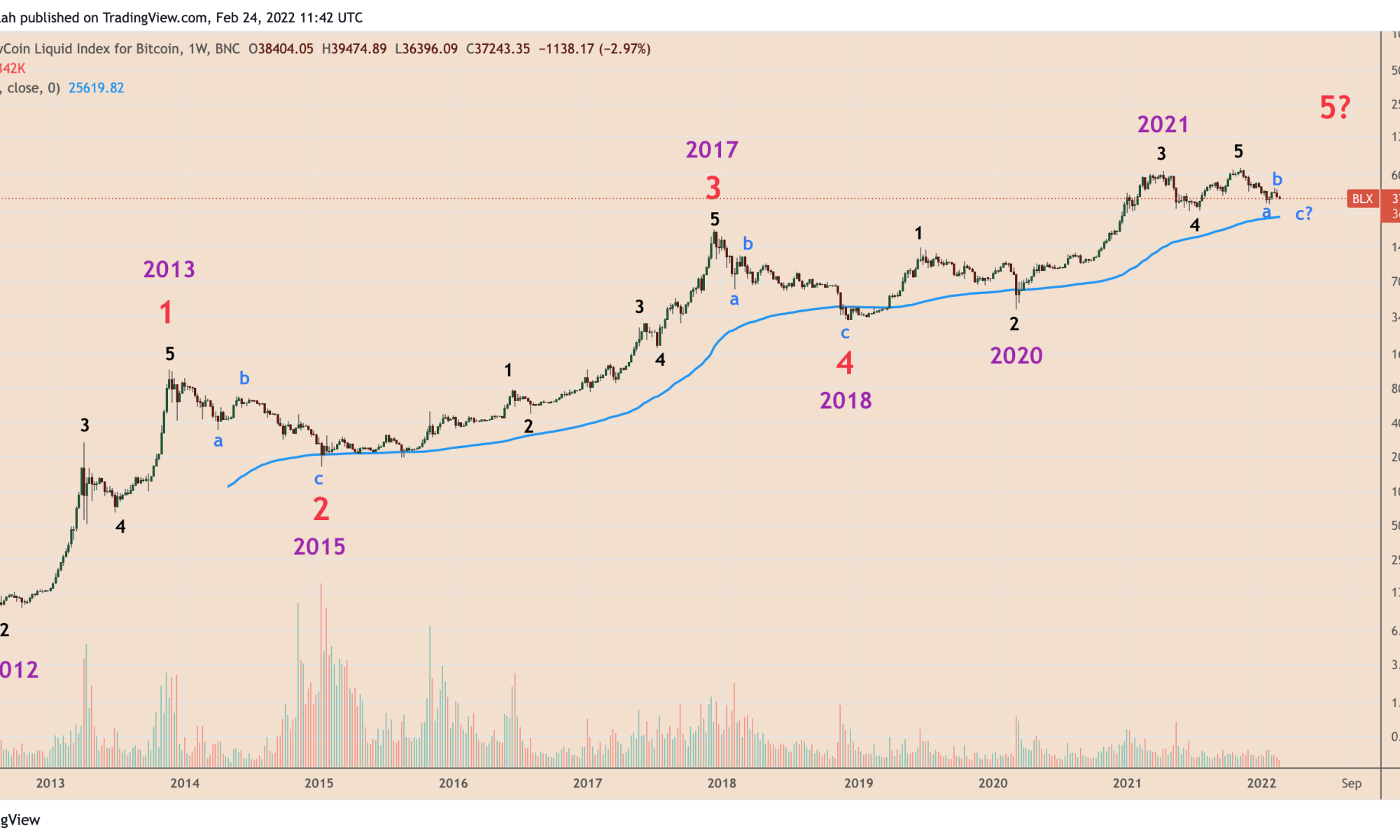





 Take a peek & sign-up here:
Take a peek & sign-up here: 











